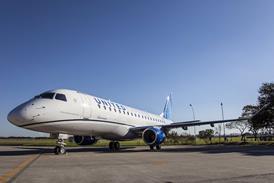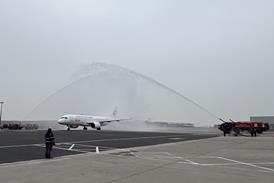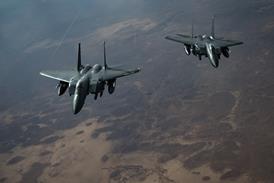Pilots who know British Airways and the Boeing 777 tell Flight International, flightglobal.com's print edition that they believe that whatever happened to reduce the engine power occurred in the last three minutes, possibly even the last two minutes, of the flight.
Given the task of diagnosing the cause in order to maintain power and simultaneously keeping the aircraft clear of stalling speed as power reduced, the crew did well to select accurately the best touchdown point they could achieve and put the aircraft down, still under control, with wings level and a rate of descent that prevented serious damage.
Heathrow tower controllers believed the aircraft's nose-high attitude on approach indicated it was about to go around, but shortly after one of the controllers voiced that opinion, the crew declared an emergency.
Among many theories as to the reason for a simultaneous failure of both engines after a long, uneventful flight, fuel contamination appears to come out top in the probabilities list. The theory pilots propose is that although fuel was plentiful, a heavier-than-fuel contaminant, such as water, represented a minute proportion of the fuel in the tanks on the approach, so problems did not arise.
During the flight, the fuel was cold-soaked and any contaminant could have frozen to crystalline or solid form. Then, in the bumpy approach at lower levels, as the fuel warmed, the melting contaminant began to circulate in the relatively small amount of fuel remaining, forming a slush that could impede the fuel flow to the engines. This is only a pilot theory and there is no positive evidence for it from any official source.
Pilots do not rule out the double-engine birdstrike theory, but the photographs do not appear to show bird remains on fanblades, engine intakes, wing leading edges or nose.
Source: FlightGlobal.com























